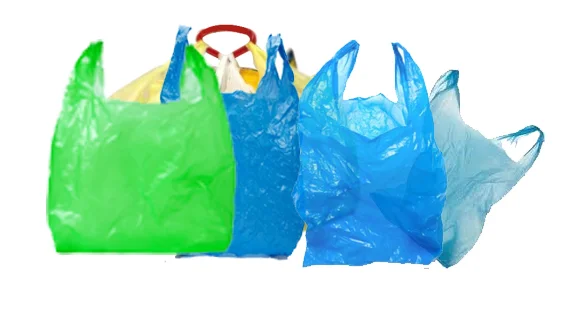
SEATTLE (Scrap Monster): In the brief moment it takes to read this, nearly 60 metric tons of plastic have been produced globally, contributing to an annual total of 460 million metric tons. This alarming rate is exacerbating Pollution across our oceans, rivers, and landscapes. In response, the United Nations has embarked on an ambitious journey to draft a treaty aimed at ending plastic Pollution by 2025.
The petrochemical industry, surprisingly, has shown support for the treaty. Industry giants like the American Chemistry Council and the International Council of Chemical Associations have publicly backed the initiative. However, their vision diverges from the most stringent anti-plastic measures.
Industry leaders propose enhancing recycling and waste management systems rather than capping plastic production. Their strategy, termed “plastics circularity,” focuses on keeping plastics in use longer through improved recycling processes and better waste collection infrastructure. Despite the low global recycling rate of just 9%, the industry remains optimistic, advocating for higher recycling targets and better product design to facilitate recycling.
A key element of the industry’s proposal includes “mandatory minimum recycling rates” and increased recycled content in new products. For instance, America’s Plastic Makers suggest a 30% recycled content in plastic packaging by 2030, aiming for all packaging to be reused, recycled, or recovered by 2040. Such targets are seen as a way to stimulate investment in recycling technologies and infrastructure.
The industry also supports policies for extended producer responsibility (EPR), which would mandate companies to finance the collection and recycling of plastic waste. This approach is coupled with calls for design changes to make plastics easier to recycle, such as using clear plastics and reducing unnecessary packaging.
While these measures could significantly reduce plastic waste, they fall short of the impact a production cap could have. Research from the University of California suggests that a production cap could cut annual plastic Pollution by 48 million metric tons by 2050. However, the industry’s preferred policies could still reduce plastic waste by 43 million metric tons annually, a 36% reduction from current projections.
The ongoing treaty negotiations will likely reflect the growing influence of the plastics industry, as evidenced by the increased number of industry lobbyists at recent sessions. As countries debate the final terms, the challenge will be balancing industry interests with the urgent need to reduce plastic pollution.
Courtesy: www.onegreenplanet.org



| Copper Scrap View All | |
| Alternator | 0.40 (0) |
| #1 Copper Bare Bright | 4.12 (0) |
| Aluminum Scrap View All | |
| 356 Aluminum Wheels (Clean) | 0.79 (0.01) |
| 6061 Extrusions | 0.69 (0.01) |
| Steel Scrap View All | |
| #1 Bundle | 360.00 (0) |
| #1 Busheling | 380.00 (0) |
| Electronics Scrap View All | |